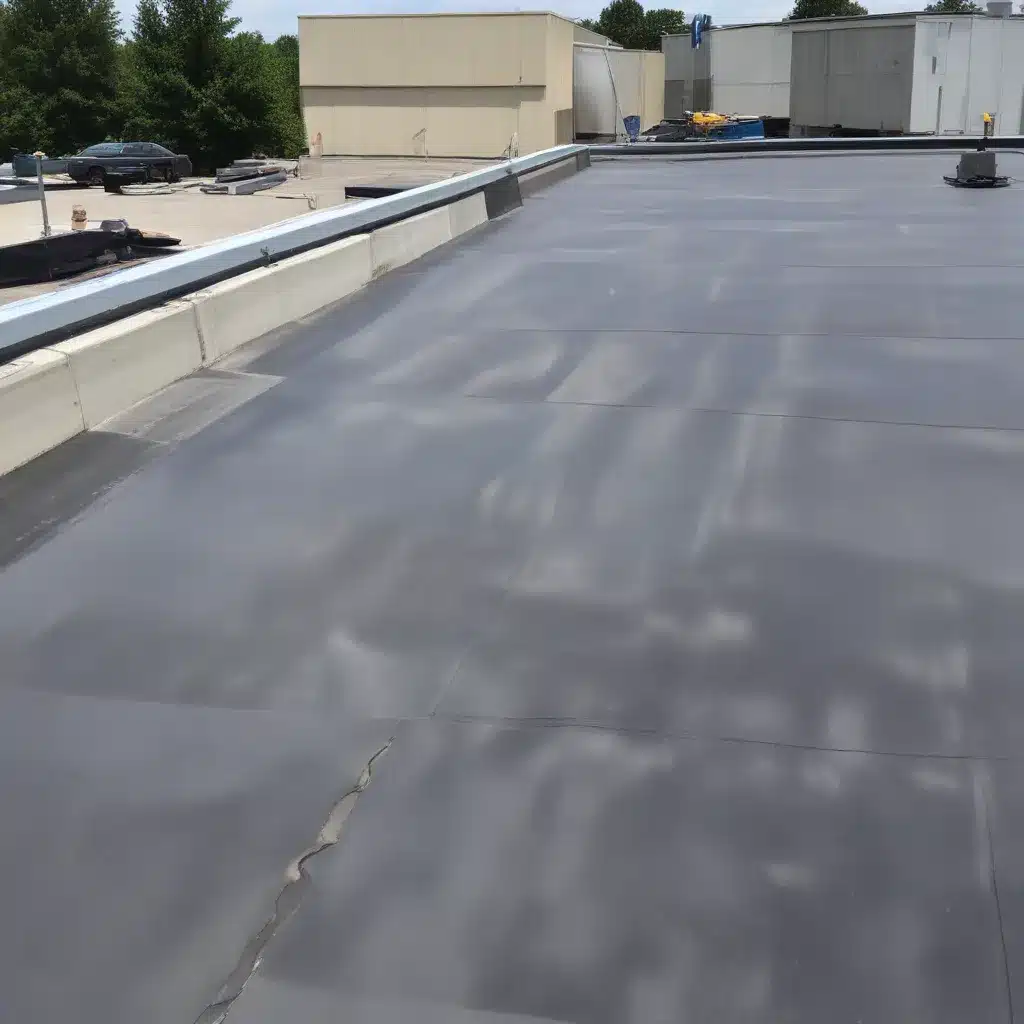
Exploring the Latest Advancements in Flat Roofing Systems
Flat roofing has come a long way in recent years, with innovative solutions that challenge the conventional perception of flat roofs as prone to leaks and maintenance issues. From advanced materials to cutting-edge installation techniques, the latest developments in flat roofing are transforming the way we approach this versatile architectural feature. In this in-depth exploration, we’ll dive into the exciting advancements that are shaping the future of flat roofing, uncovering the insights you need to make informed decisions for your home or commercial property.
Embracing Sustainability and Energy Efficiency
Sustainability has become a driving force in the flat roofing industry, with a growing emphasis on eco-friendly materials and systems designed to reduce environmental impact. One of the most notable trends is the rise of green roof systems, also known as living roofs. These systems feature a layer of vegetation planted over a waterproof membrane, providing excellent insulation, reducing urban heat islands, and improving air quality. By incorporating green roofs, building owners can not only enhance the aesthetic appeal of their properties but also contribute to a more sustainable and resilient built environment.
Another innovative solution gaining momentum is solar roofing. By integrating photovoltaic (PV) panels or solar shingles directly into the roofing system, building owners can transform their rooftops into energy-generating assets. This technology not only contributes to sustainability but also offers the potential for significant energy cost savings over time.
Advancing Material Technologies
The development of advanced single-ply membrane materials, such as thermoplastic olefin (TPO), polyvinyl chloride (PVC), and ethylene propylene diene monomer (EPDM), has revolutionized flat roofing solutions. These materials offer superior durability, flexibility, and resistance to UV rays, chemicals, and extreme weather conditions. Their lightweight nature also means less stress on building structures, making them suitable for a wide range of commercial and residential applications.
Liquid roofing is another innovative approach that involves the application of a liquid-based coating to the roof surface, which cures to form a rubber-like elastomeric waterproof membrane. This method is particularly useful for roofs with irregular shapes or numerous protrusions, as the liquid can be easily applied to complex surfaces. Liquid roofing solutions offer excellent waterproofing, flexibility, and longevity, making them an ideal choice for extending the life of existing flat roofing systems.
Enhancing Installation and Maintenance
Modular roofing systems are emerging as a popular trend for their convenience and efficiency. These systems involve the pre-assembly of roof components off-site, which are then quickly installed on the building. This approach reduces construction time, minimizes disruptions to building operations, and ensures a high-quality installation due to the controlled environment in which the components are assembled.
The use of drones equipped with high-resolution cameras and advanced analytics software is transforming flat roof inspections. Drones can safely and efficiently survey roofs, providing detailed images and data that help in identifying potential issues before they become major problems. This technology enables roofing professionals to conduct thorough inspections with minimal risk and disruption, ensuring that maintenance and repair decisions are data-driven and accurate.
Integrating Smart Roofing Technologies
As the industry continues to evolve, the integration of smart roofing technologies is becoming increasingly prevalent. These innovations combine various components, such as insulation, waterproofing, and surfacing, into a single, cohesive system. Integrated roofing systems are designed to optimize performance, providing superior thermal insulation, durability, and weather resistance. By integrating different elements, these systems also simplify the installation process and reduce the potential for errors, resulting in a more reliable and efficient flat roofing solution.
Furthermore, the introduction of smart sensors and monitoring systems is transforming the way flat roofs are maintained. These technologies allow building owners and roofing professionals to track roof conditions in real-time, enabling proactive maintenance and repairs. This data-driven approach helps to extend the lifespan of flat roofing systems and optimize maintenance budgets, ensuring that buildings remain well-protected and energy-efficient.
Prioritizing Total Cost of Ownership
As the flat roofing industry continues to evolve, there is a growing trend among roofing professionals to focus on the total cost of ownership rather than just the initial installation costs. This approach considers the cost of materials, installation, maintenance, repairs, and eventual replacement, as well as the potential savings from energy efficiency and durability. By focusing on the total cost of ownership, building owners can make more informed decisions that prioritize long-term value over short-term savings, ensuring that their flat roofing systems provide reliable protection and optimal performance for years to come.
Choosing the Right Flat Roofing Solution
When selecting a flat roofing system, it’s essential to consider various factors, including the building’s structure and design, local climate conditions, and maintenance requirements. Properties in different regions may have unique needs, and roofing professionals must match the system to the building’s specific requirements to ensure long-term durability and cost-effectiveness.
Partnering with experienced roofing contractors, such as those at Roofers in Northampton, can help building owners navigate the latest trends and technologies in flat roofing, ensuring they make informed decisions that align with their property’s needs and budget. By staying up-to-date with the latest innovations and best practices in flat roofing, building owners can take advantage of the advancements in sustainability, energy efficiency, and resilience, contributing to a more sustainable and future-proof built environment.
Embracing the Future of Flat Roofing
The flat roofing industry is undergoing a transformative period, driven by the pursuit of sustainability, energy efficiency, and long-term value. From advanced materials and cutting-edge installation techniques to the integration of smart technologies, the latest innovations are redefining the way we approach this essential component of modern buildings.
By staying informed about the latest trends and advancements in flat roofing, building owners, architects, and roofing professionals can make informed decisions that not only improve the performance and longevity of their properties but also contribute to a more sustainable and resilient built environment. As the industry continues to evolve, the future of flat roofing holds immense promise, setting new standards for safety, efficiency, and environmental responsibility in the construction industry.

